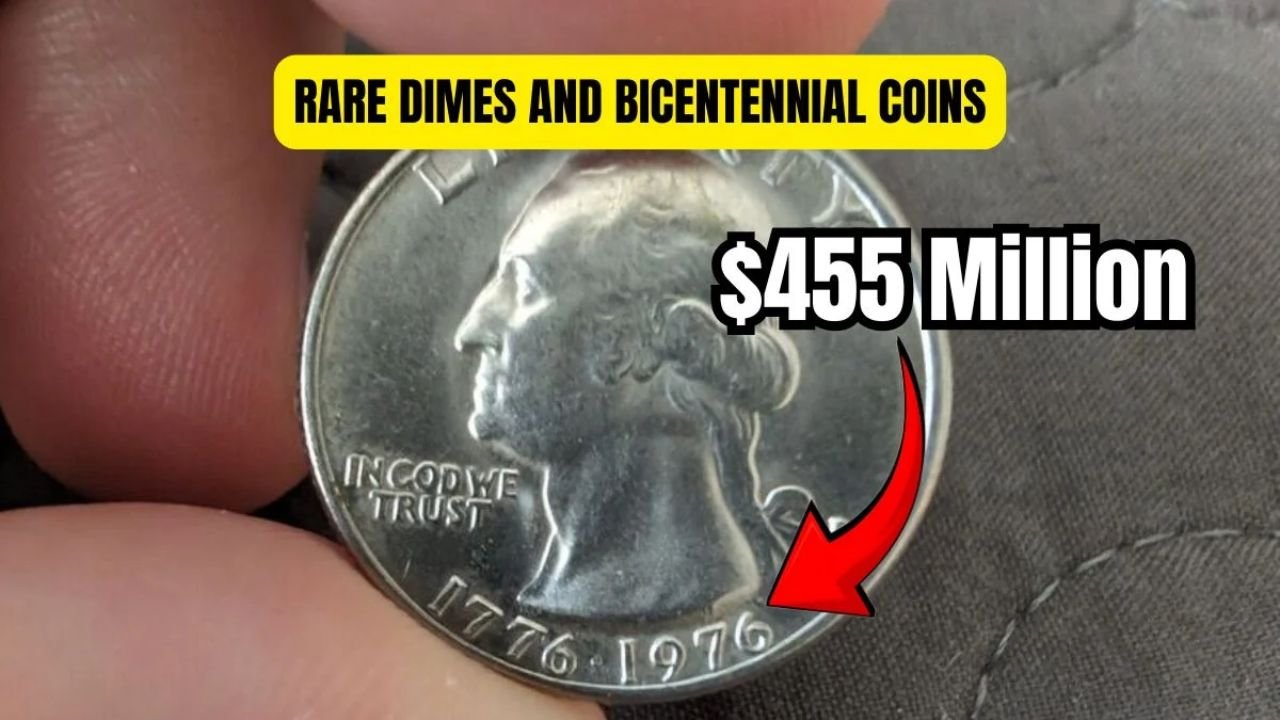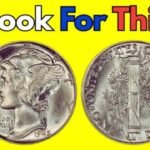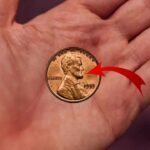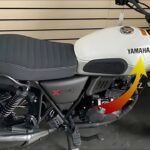Rare Dimes and Bicentennial Coins: Did you know that some coins still floating around in everyday circulation could be worth a fortune? Yes, that small dime in your pocket or an old quarter in a forgotten drawer could secretly be one of the rare dimes and Bicentennial coins worth thousands—even millions—of dollars. While these coins might look like ordinary pocket change, a few of them are incredibly valuable due to historical significance, minting errors, or low production volumes.
Surprisingly, the combined estimated value of select rare dimes and Bicentennial quarters in circulation exceeds $455 million. That means a simple coin check could be your ticket to wealth—and most Americans don’t even know it.
Diamonds in Disguise: The Fascinating World of Rare Coins
Rare coins are more than collectibles; they’re fragments of history with stories to tell. Many of these coins owe their value to minting mistakes, limited releases, or unique compositions like silver clad alloys. Some of the most sought-after pieces include rare dimes from the 1960s and 1970s and Bicentennial quarters from 1976, originally minted to commemorate 200 years of American independence.
These rare dimes and Bicentennial coins aren’t housed in museums—they might be hiding in your change jar or inside your wallet right now. Rare Dimes and Bicentennial Coins
1976 Double Die Bicentennial Quarter: A Minting Mistake Worth Millions
Among the most valuable rare Bicentennial coins is the 1976 Double Die Quarter. This quarter features a striking error known as the “double die,” where elements like the text and numbers appear slightly doubled. While minor, this minting flaw has made the coin highly collectible. If you’re lucky enough to find one in mint condition, you could be holding onto a coin worth $350,000 to $1 million.
The $601,000 Buffalo Nickel and Other Coin Legends
While not a dime or quarter, the rare Buffalo Nickel deserves a special mention. One specific version of this coin fetched $601,000 at auction, thanks to unique markings and its historical importance. It’s a reminder that hidden value can be found across a wide range of old American coins—not just dimes and Bicentennials.
1968 No-S Proof Dime: The $100,000 Error
Another example from the list of rare dimes is the 1968 No-S Proof Dime. Coins minted in San Francisco during that time were supposed to have an “S” mint mark. But some escaped without it. These dimes were high-quality proof coins, designed mainly for collectors, but the mint error made them exceedingly rare. One of these dimes in pristine condition can be worth up to $100,000.
Also Read – New Toyota Hyryder launched with fabulous look, check features
1975 No-S Dime: Possibly the Rarest of Them All
Considered by experts as one of the rarest dimes in U.S. history, the 1975 No-S Proof Dime lacks the typical San Francisco mintmark. Only a few of these have been found, making it a dream for coin collectors. This dime can command a value of $350,000 or more, depending on its condition. Rare Dimes and Bicentennial Coins
1942 42/41 Over-Mint Dime: A Double-Date Wonder
Among historical minting errors, the 1942/41 Over-Mint Dime stands out. This coin appears to have both years—1942 and 1941—imprinted on it due to the re-use of older dies. Collectors love these over-mint errors because they’re tangible remnants of production mishaps that were never meant to happen. Today, this dime can fetch $75,000 to $125,000, depending on grading.
1976 Silver Clad Bicentennial Quarter: Patriotic and Profitable
One of the more iconic rare Bicentennial coins is the 1976 Silver Clad Quarter. These coins were initially part of collector sets and never meant for general circulation. However, a few made their way into the public’s hands. These silver-clad versions differ slightly in weight and tone and are valued between $10,000 and $80,000, especially when preserved well.
What to Do If You Have Old Coins?
If this has you scrambling for your change jar—good! Finding rare dimes and Bicentennial coins starts with awareness. Look closely at the coin’s date, mint mark (or absence of it), finish, and any odd features like double images. If anything seems off, don’t discard it. Instead, reach out to reputable coin grading services such as PCGS or NGC to authenticate and appraise its value.
A single certified rare coin could change your financial future.
Conclusion: A Future of Fortune in Your Pocket
Not all treasure is buried. Sometimes it’s right in front of us—in the form of forgotten coins from decades past. These rare dimes and Bicentennial coins bridge the past and the present, carrying with them immense historical value and potential financial windfalls. Whether it’s the iconic 1976 Bicentennial Quarter or the elusive 1975 No-S Dime, these coins could make you the next success story.
So, next time you get change at the store or clean out an old drawer, pay attention. You might just be holding a million-dollar piece of history. Rare Dimes and Bicentennial Coins
FAQs: Rare Dimes and Bicentennial Coins
Q1. Are these rare dimes and quarters still in everyday circulation?
Yes, some of them are still in coin jars, wallets, or piggy banks across America.
Q2. What makes a Bicentennial Quarter valuable?
Minting errors like doubled dies, missing mintmarks, or unique silver compositions greatly increase a coin’s rarity and value.
Q3. How do I know if my coin is one of the rare ones?
Look for the mint year, any missing mintmarks, unusual thickness, or blurring in the design. Use a magnifier or consult a coin grading service.
Q4. What’s the highest value one of these rare coins has sold for?
Some have sold for over $1 million, especially if they’re in pristine condition and certified by experts.
Q5. Where can I sell my rare coin?
You can contact certified auction houses, trusted coin dealers, or sell on secure online platforms focused on rare coin collectors. Rare Dimes and Bicentennial Coins
Some Important Link
| Telegram Group | Click Here |
| WhatsApp Group | Click Here |
| Home Page | Click Here |










